Extreme weather events, such as hurricanes, underscore the critical importance of accurate and timely forecasting. Hurricane Ian, the costliest U.S. weather event of 2022, serves as a prime example of the need for improved predictions and preparations. As extreme weather volatility continues to increase, advancements in computing power and the application of machine learning present new possibilities for enhancing climate and weather forecasting capabilities. The convergence of these two forces has significant implications for our ability to mitigate the impacts of extreme weather events.
Hurricane Ian: A Reminder of Forecasting Challenges
The forecasting of Hurricane Ian revealed the complexities inherent in predicting the path and intensity of extreme weather phenomena. The initial projections for Ian's landfall proved challenging, leaving some areas confused about the storm's trajectory. Consequently, delayed evacuation orders in Fort Myers, Florida, resulted in devastating consequences. A big challenge for these coastal communities is that evacuation costs roughly $1 million per mile. In light of these challenges, it is evident that improving weather forecasting capabilities is not only crucial for safeguarding lives and properties but also plays a vital role in optimizing evacuation strategies and minimizing the financial burden of extreme weather events.
Increasing Climate Volatility
In 2022, the U.S. experienced 18 separate weather and climate disasters that cost at least $1 billion each. Climate volatility is on the rise, with extreme weather events becoming more frequent and severe. The repercussions of such events are not only confined to human lives and infrastructure damage but also impact various sectors of the economy. Hurricane Ian alone caused $112.9 billion in damage and resulted in 152 deaths. Another notable weather event from 2022 was the Western and Central Drought / Heat Wave, which resulted in $22.2 billion in damage and the loss of 136 lives. Since 1980, the U.S. has sustained 360 weather and climate disasters, with the total cost of these extreme weather events exceeding $2.57 trillion.
Enhancing Forecasting Capabilities with AI
AI and machine learning technologies are revolutionizing climate and weather forecasting by improving the speed and accuracy of predictions. The ability to analyze vast amounts of climate and weather data allows AI models to detect patterns and relationships that might be missed by conventional forecasting methods. These AI models can generate forecasts quickly, providing valuable insights into climate behavior and facilitating more informed decision-making. These computing technologies enable climate simulations at high resolutions, leading to more accurate local impact predictions. Additionally, AI-driven algorithms and generative models are helping emulate the physics of climate at high fidelity, further enhancing forecasting capabilities.
Implications and Future Outlook
The convergence of increasing extreme weather volatility and the rapid advancement of climate-focused computing holds immense potential for improving our understanding and preparedness for extreme weather events. The ability to simulate climate rapidly and at high resolutions, emulate climate physics with AI, and harness massive amounts of data for decision-making are game-changing advancements. However, challenges remain, including ensuring the transparency and trustworthiness of AI models, integrating commercially developed AI models into operational forecasting systems, and optimizing data accessibility and interactivity.
The growing frequency and severity of extreme weather events require continuous advancements in forecasting capabilities. The combination of increasing climate volatility and the application of advanced computing offers an unprecedented opportunity to enhance our ability to predict, understand, and mitigate the impacts of extreme weather events. By harnessing the power of advanced weather and load forecasting algorithms, we can navigate the nexus of climate volatility and advanced forecasting to build a more resilient and prepared future.



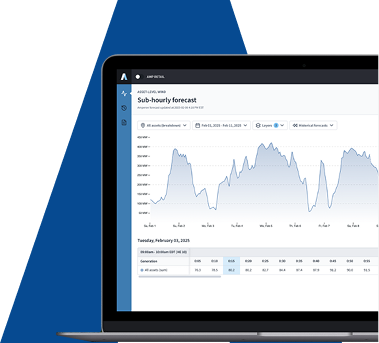
.svg)




%20(3).png)
%20(2).png)
%20(1).png)





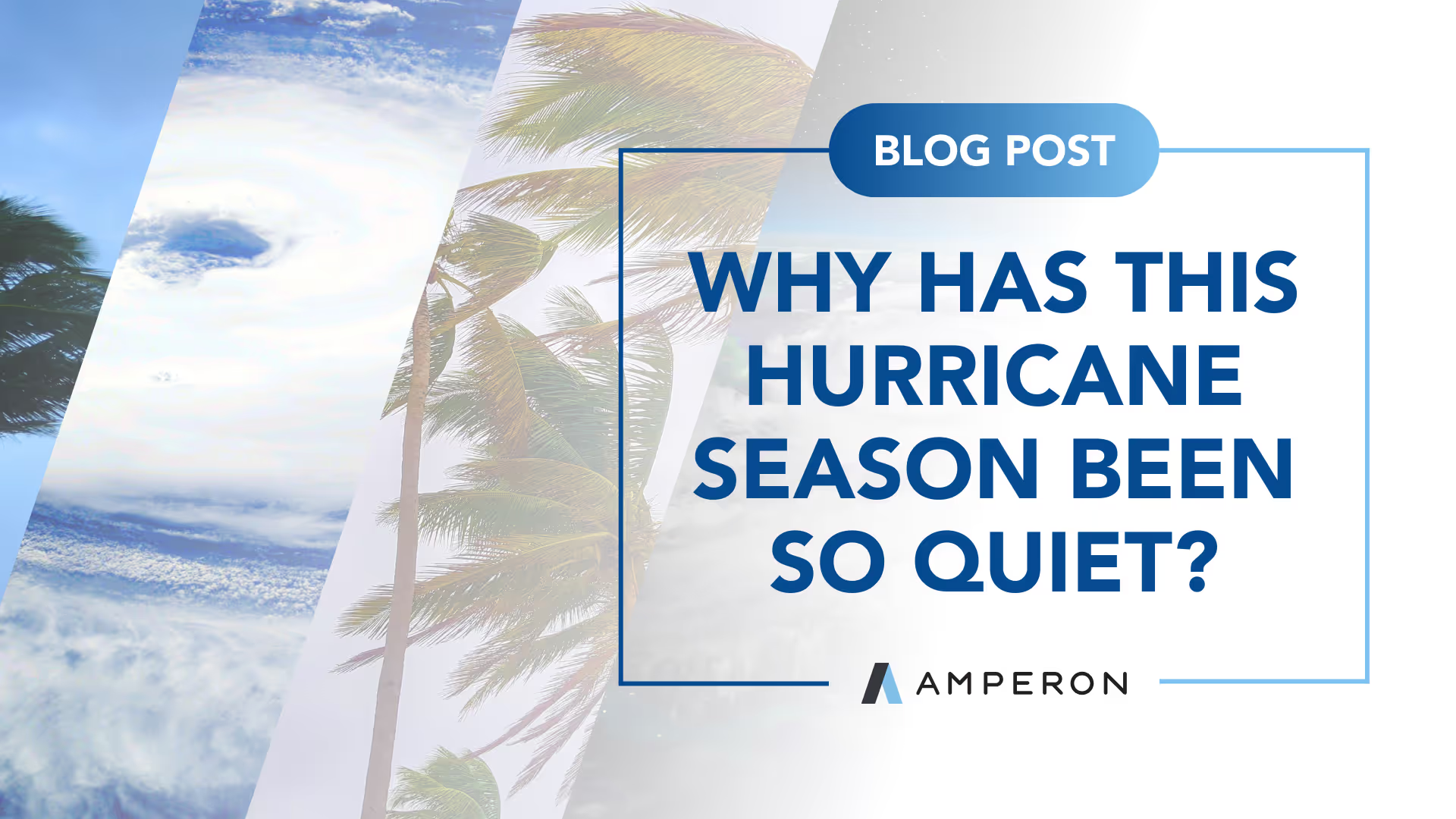
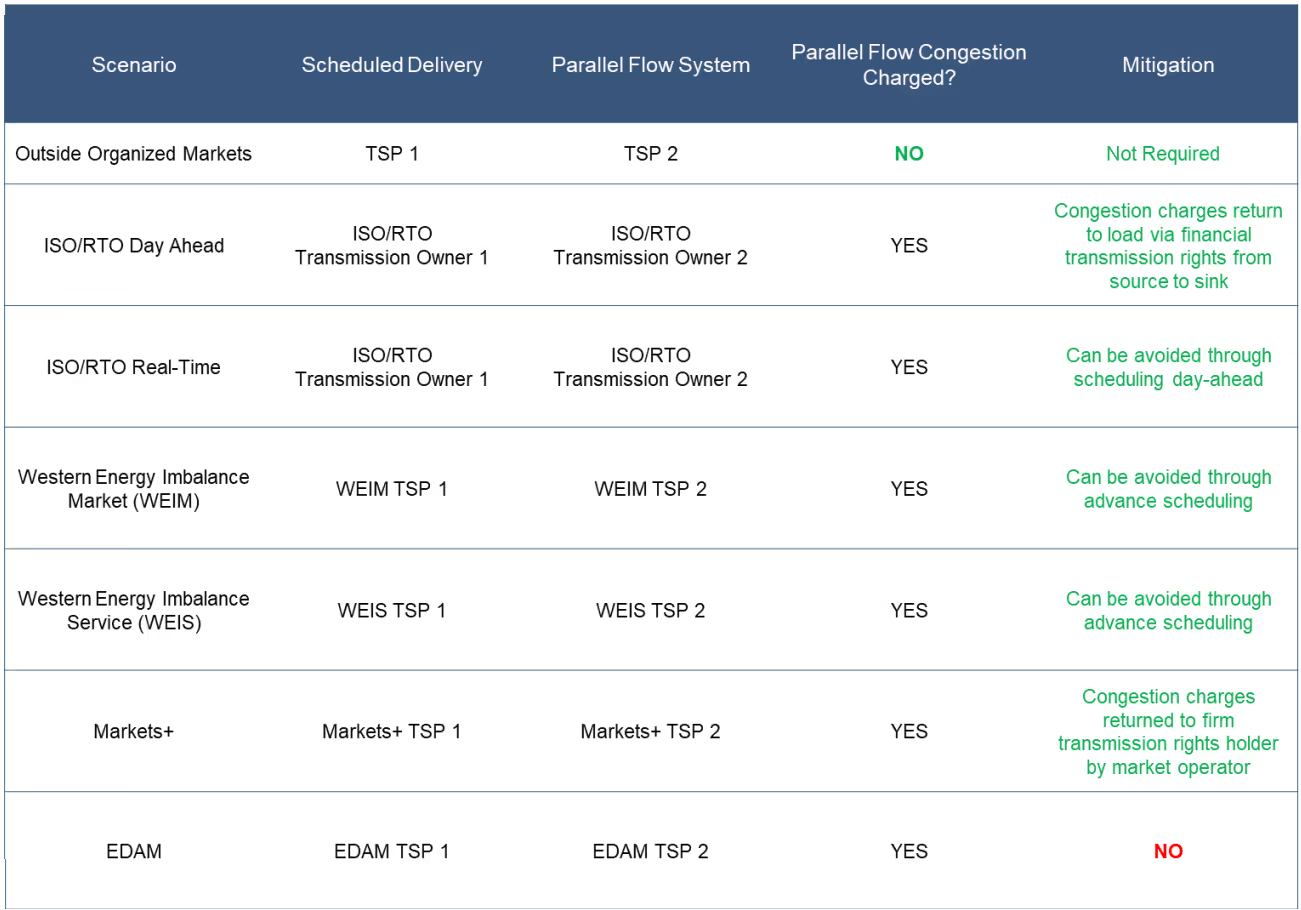
.png)

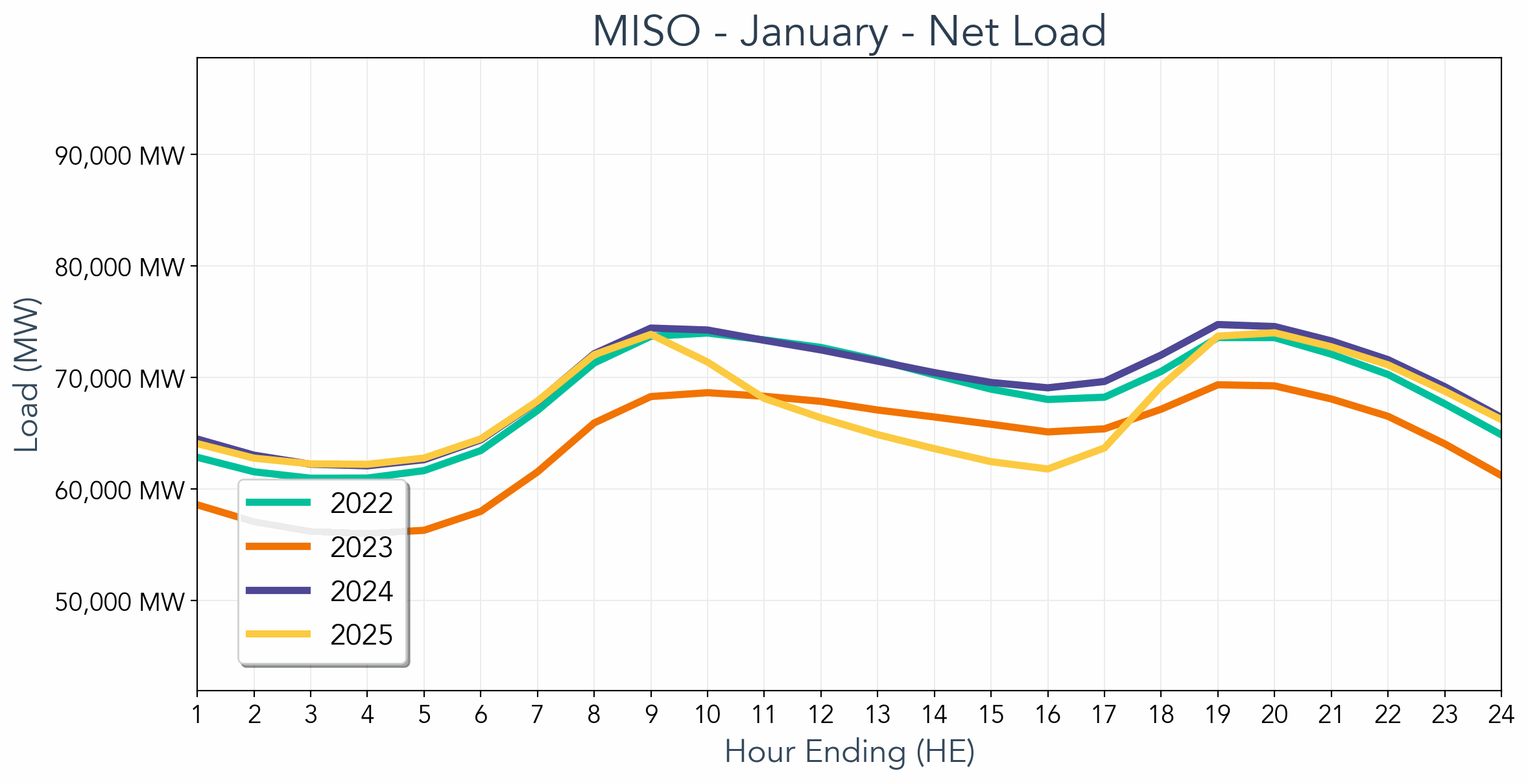

.avif)



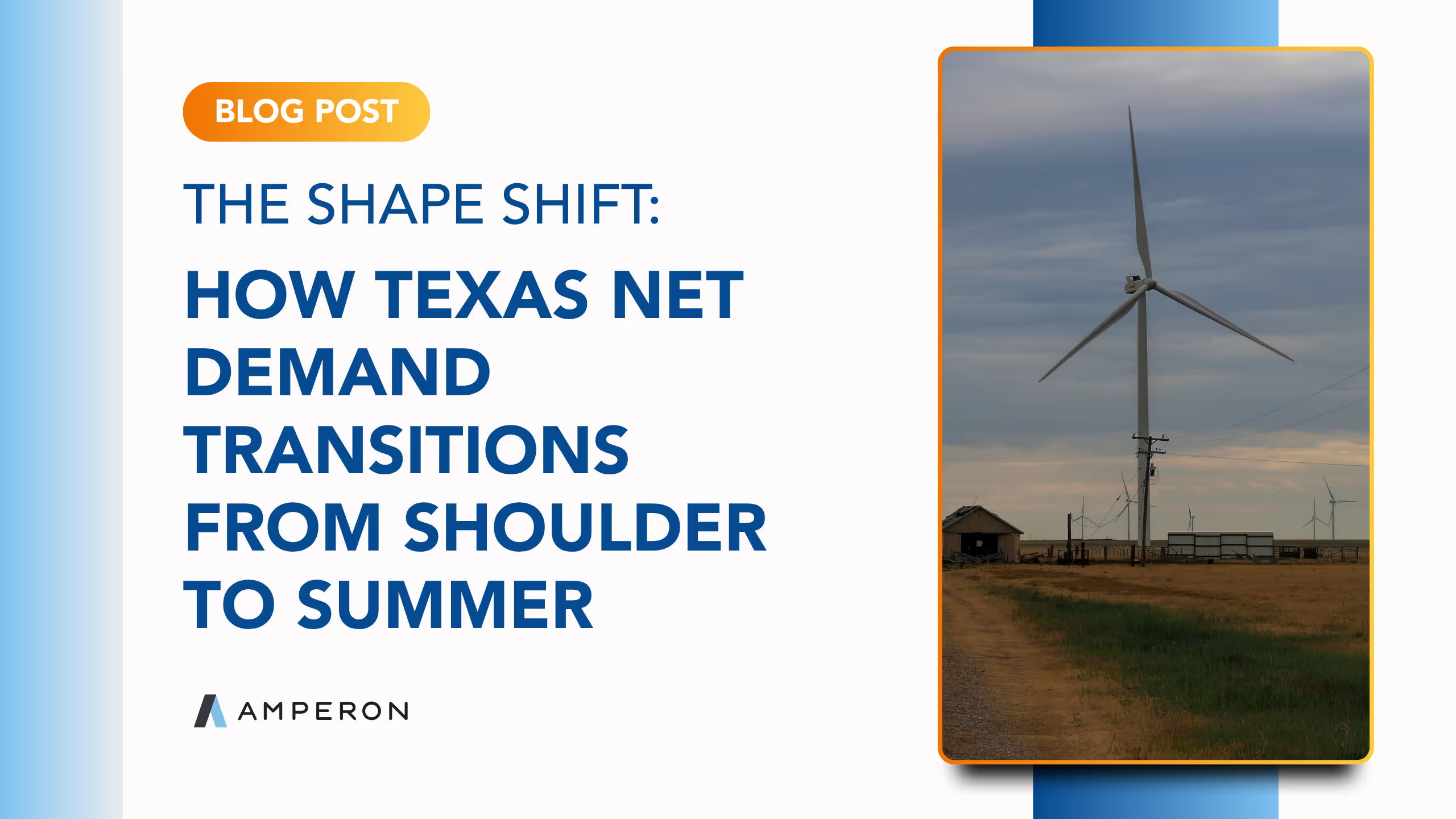
.avif)

.avif)
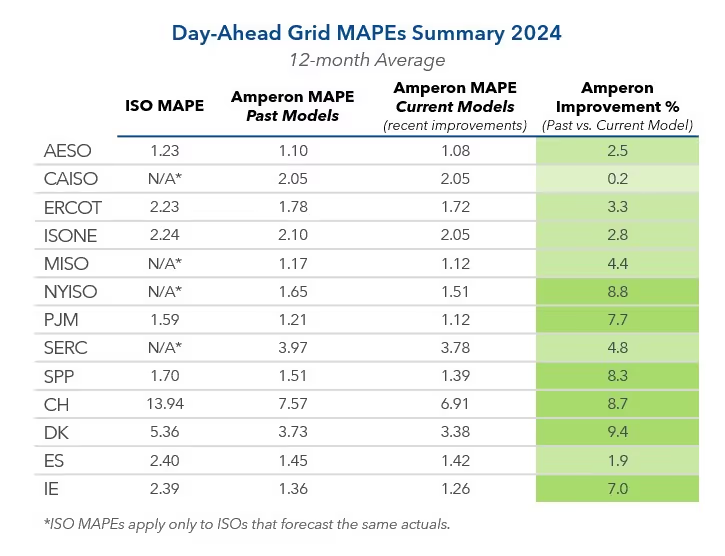

.avif)



.avif)
%20(15).avif)

.avif)
%20(10).avif)

.avif)


.avif)

.avif)



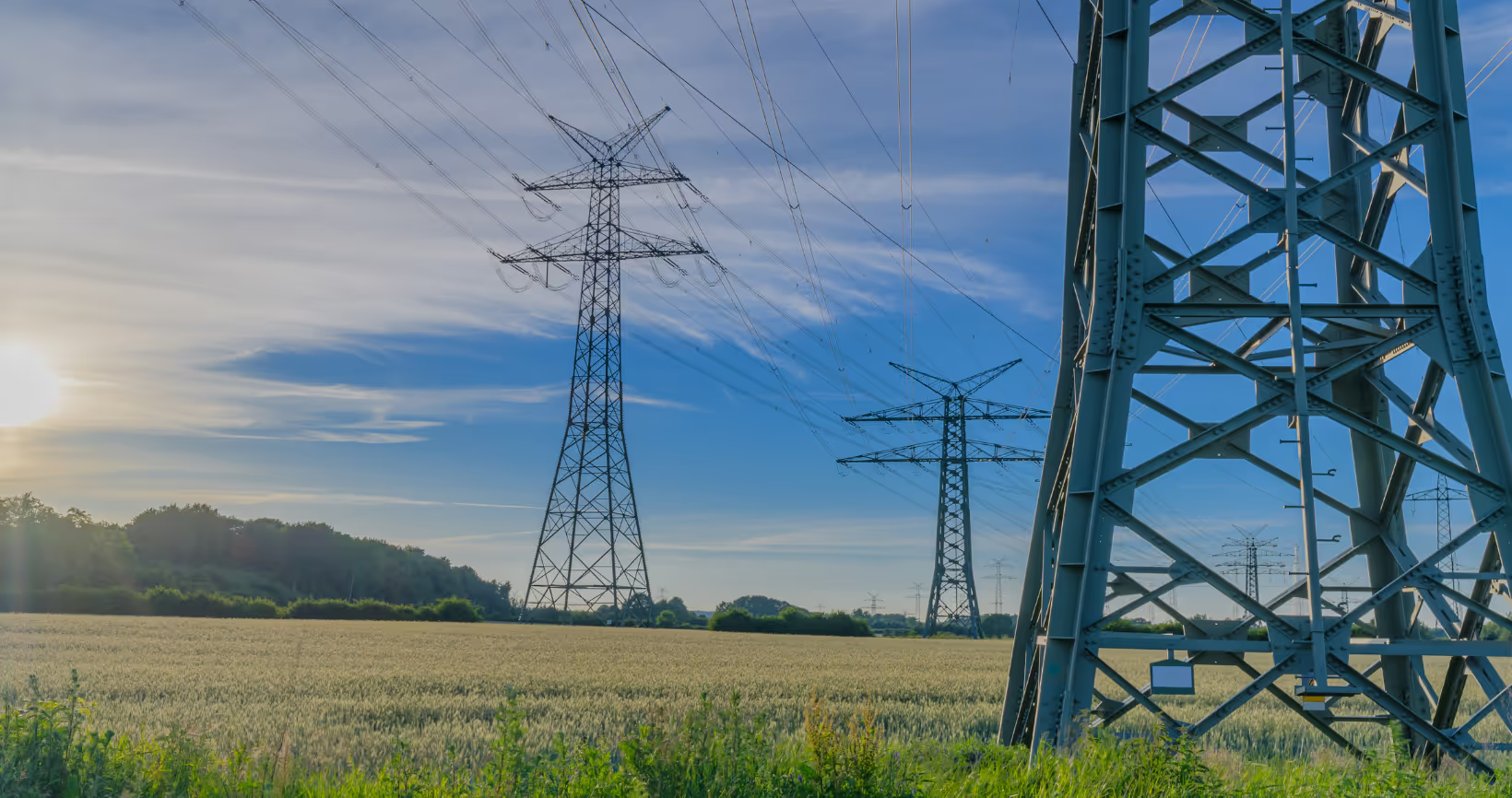


.avif)



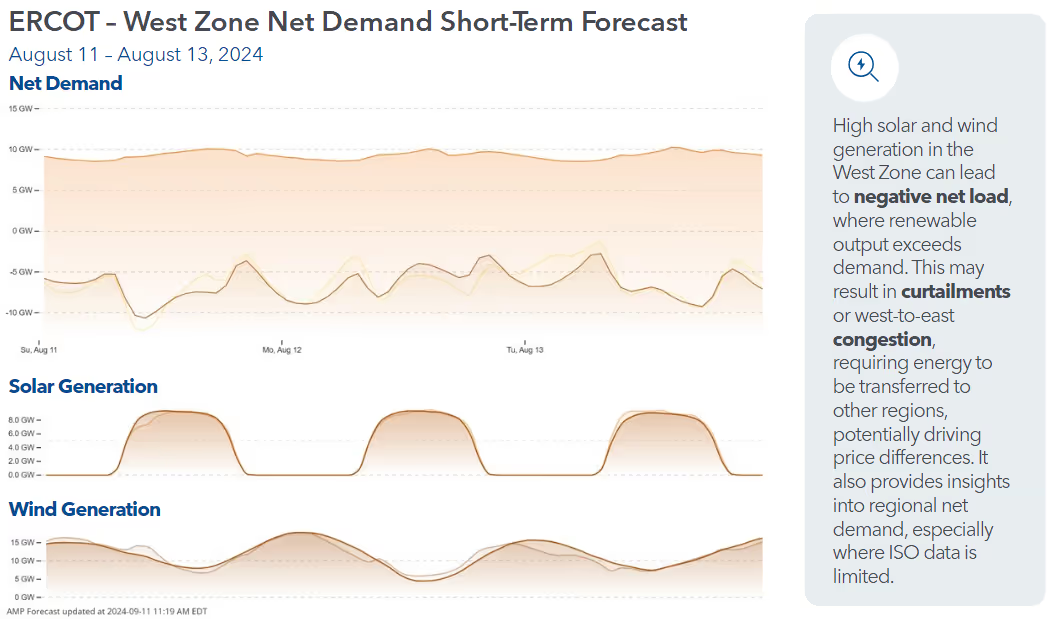
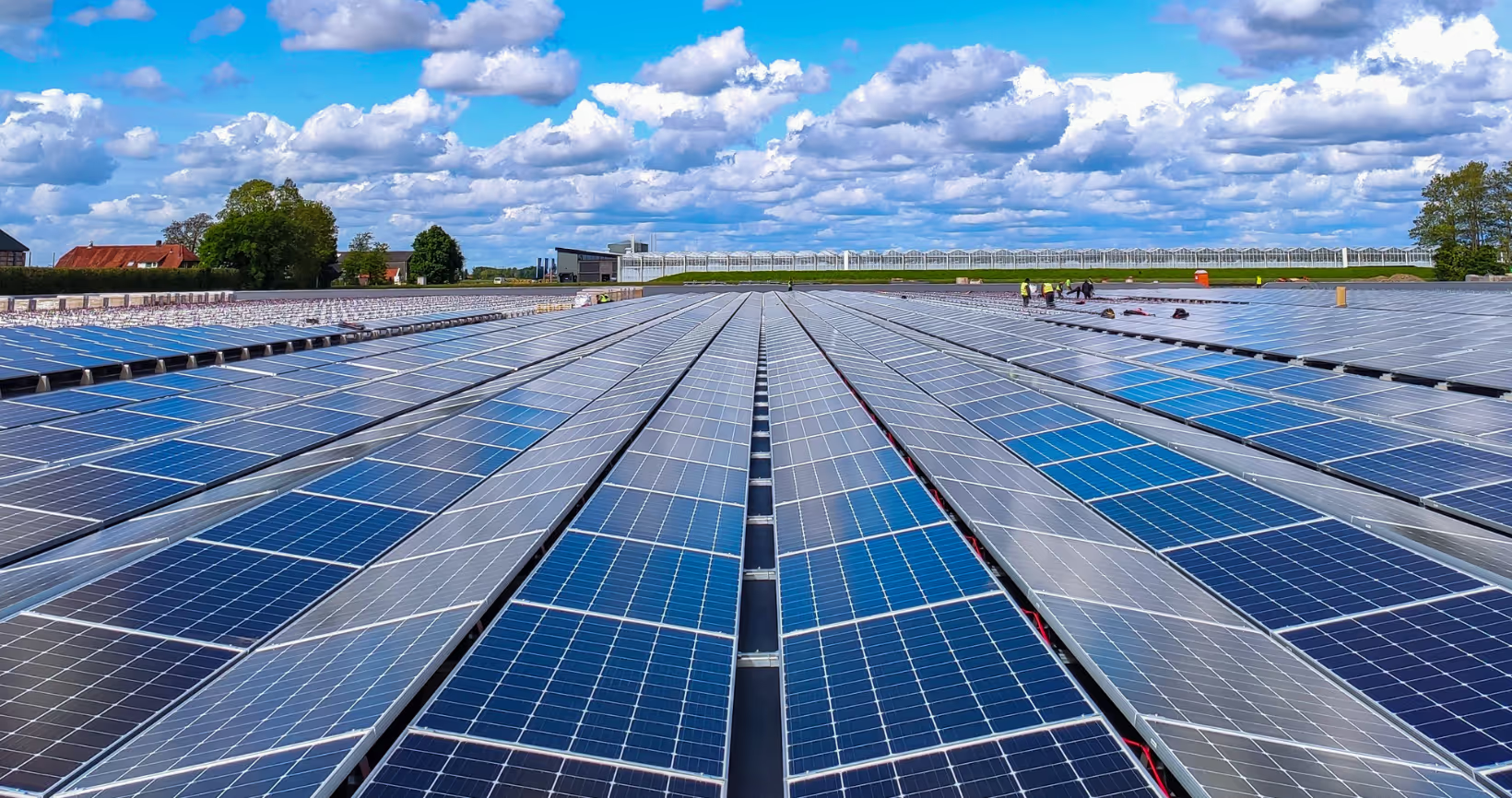




.avif)

.avif)

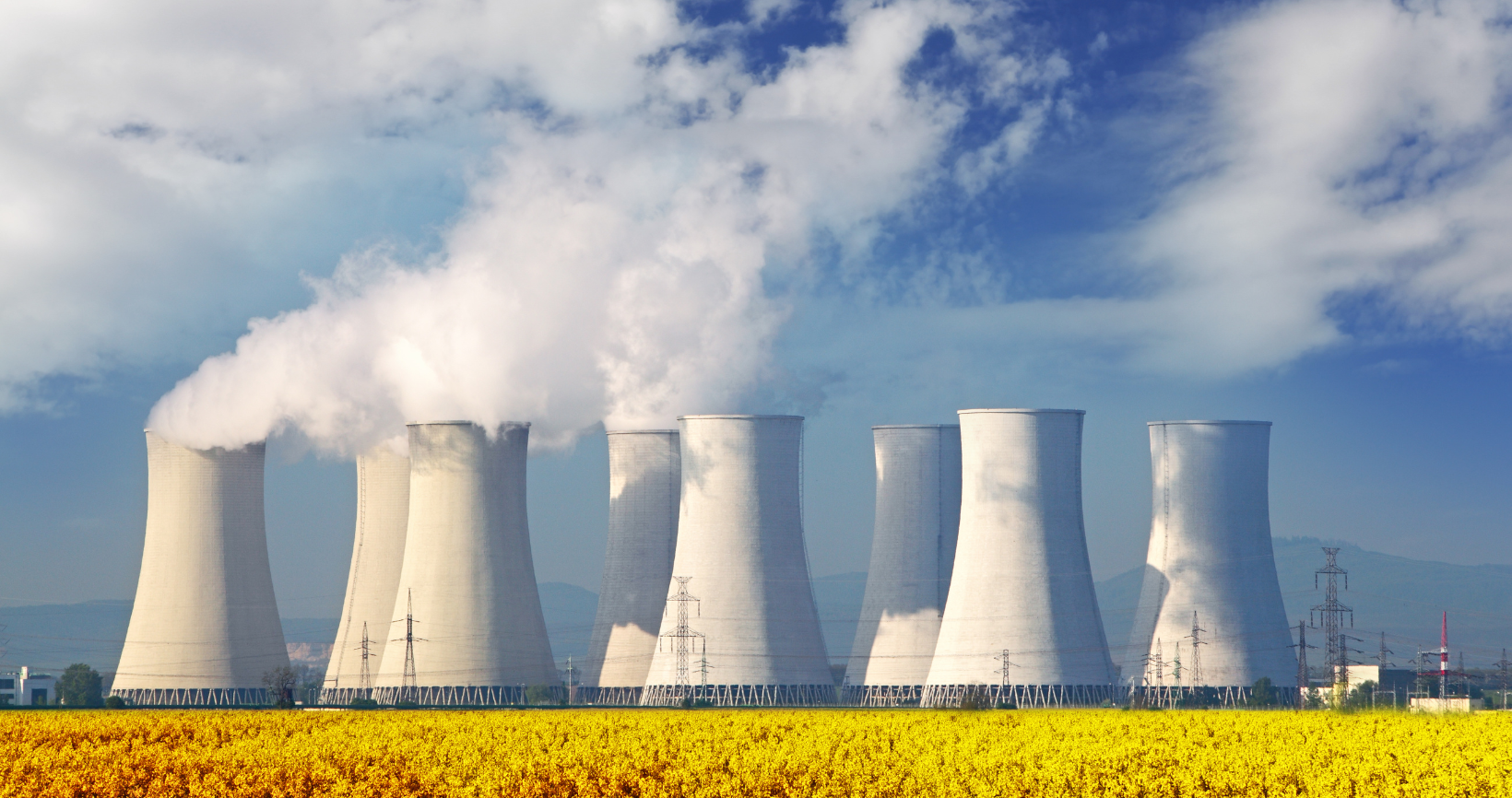



.avif)


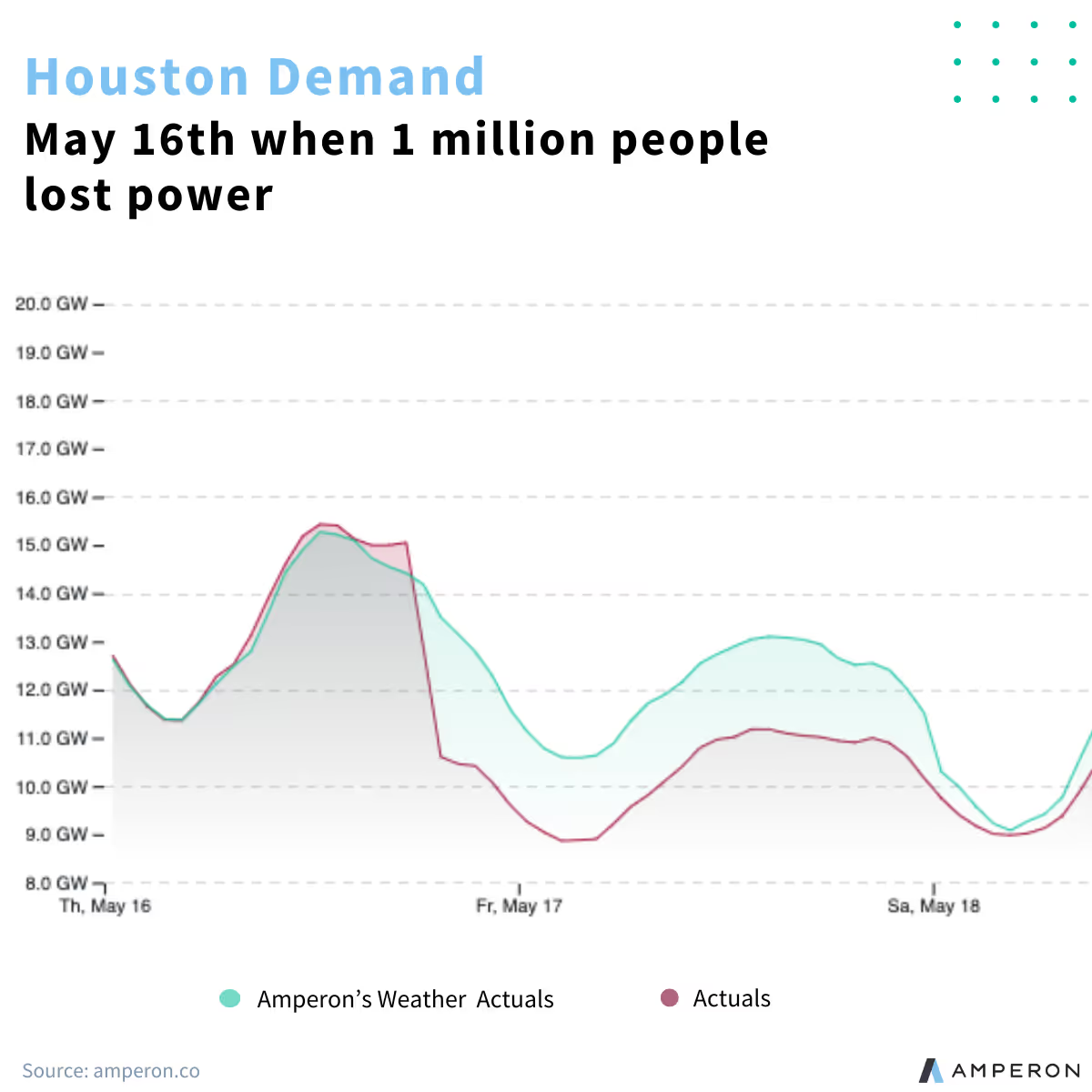
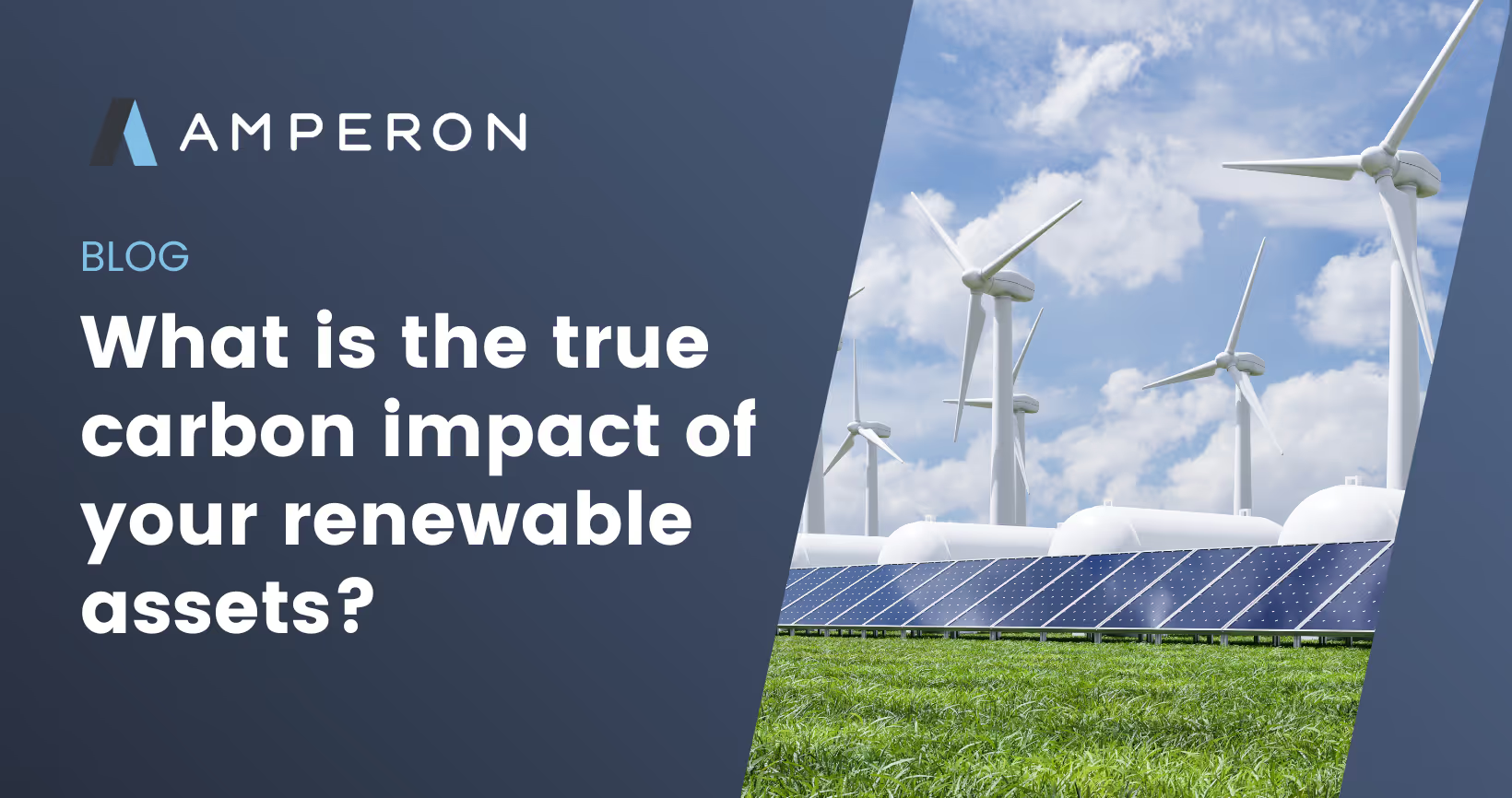

.avif)
.avif)



.avif)

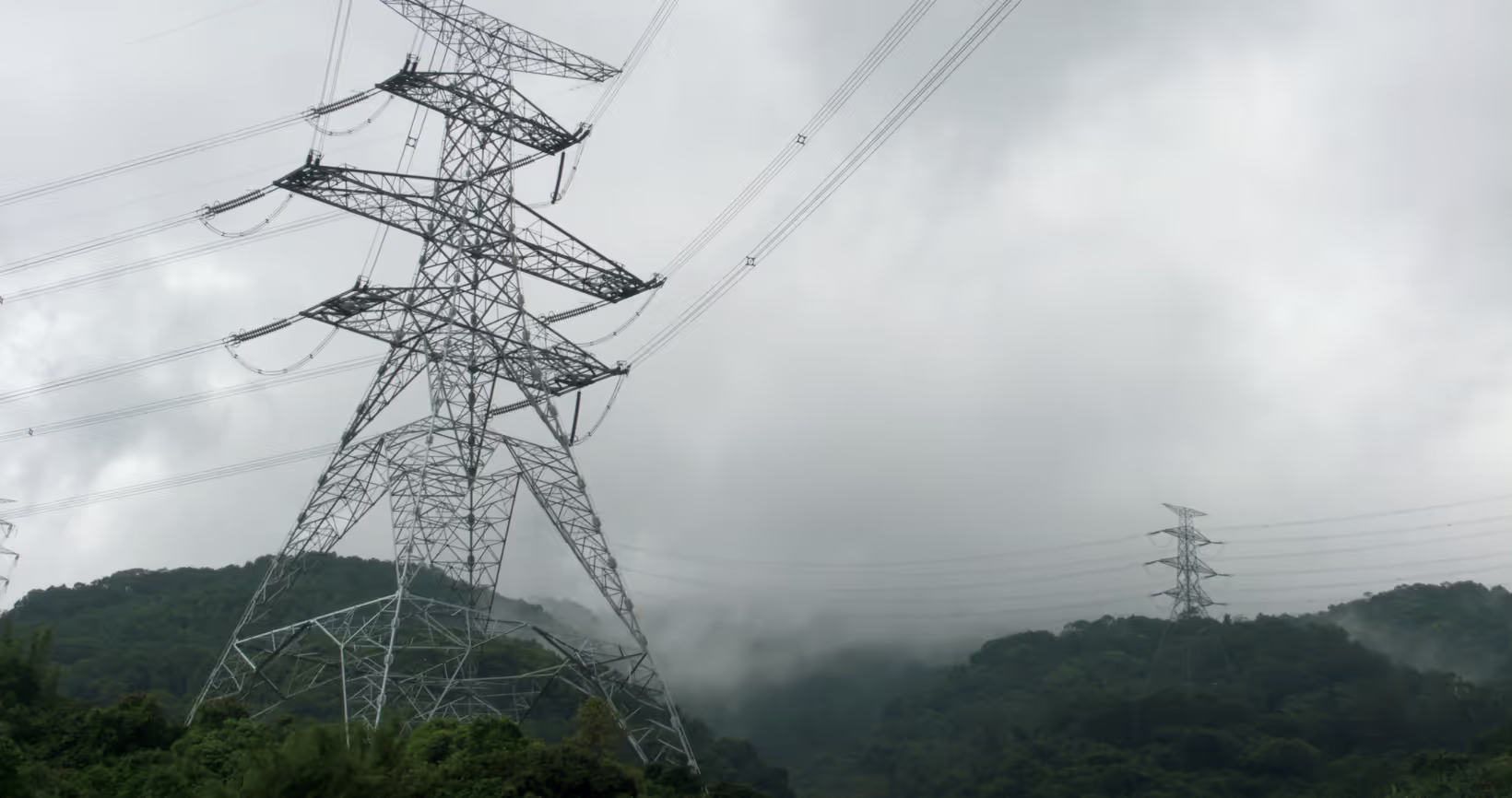


.avif)



.avif)
.avif)



